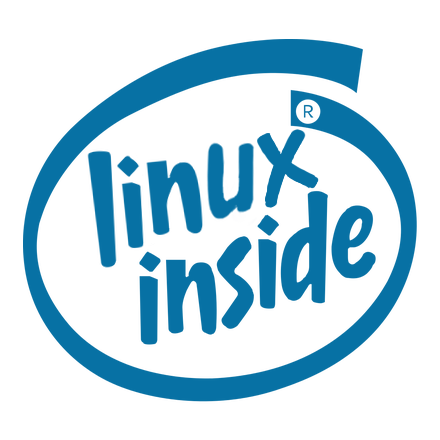I know Debian and others can breathe life into older machines. But i wonder if there are any distros with serious optimizations that I haven’t heard of. I’ve already tried MX Linux on an old Thinkpad SL400, and didn’t see any difference from plain Debian.
Update: thanks for the great suggestions. Forgot to say many distros feel zippy and fast until you open a web browser. Appreciate your thoughts on which web browser to use too. So far I’ve had a positive experience with Thorium and Chromium.
The problem with older machines is the web browsing, not the system itself. You could use a browser with Java script disabled but a lot of websites will refuse to work.
You have to sacrifice with browser functionality to improve performance.
I’ve had good experiences with Midori and Dillo as alternative browsers on low-memory machines. Obviously features will take a hit but they’re surprisingly functional. Don’t expect to be able to open many tabs but you can do the usual things including YouTube etc.
Yep. All this optimization you see here about “minimal installs” and which DE to choose is completely moot, if opening Firefox takes up more RAM than the entire operating system.
Even 4gb are really low these days, if you actually want to do something in the browser.
AntiX/MX Linux, I’ve had great success getting them to boot on systems that were refusing to boot anything else, AntiX is my go-to distro for bringing new life to old hardware, it works with literally anything you throw at it.
Bunsen Labs Linux and, for the experience, Tiny Core Linux
Puppy/bodhi
If you want serious optimizations - then Gentoo is your choice. But seriously, there won’t be any serious difference between distributions. What really matters here are DEs and browsers. I would recommend some kind of lightweight window manager like i3 or dwm. If you do not want to configure everything yourself, then your choice is lxde/lxqt. Also, you can use distros without systemd (void, artix, devuan, gentoo etc), but that does not matter that much.
Another alternative to not configuring is using someone else’s rice
antiX should be ok, it’s very light
Love Antix! It is like the grandfather to MX Linux, but also the little baby?
Puppy Linux is what I shove on old Atom netbooks
I guess it depends on what comes with the distro. If you start off with a basic Linux install and add a DE that is low on system resources, like LXQt, you can breathe life into a machine.
Bodhi, antiX and Linux Lite come to mind.
You can also start with a minimal base, Arch, Debian, Alpine, anything, and then add packages.
Wow they even offer the Trinity DE :) thanks
In earlier Q4OS versions Trinity was the only desktop environment. I still run it even though there’s plenty of power on hand to run the others. It just works.
I always have a sweet spot for KDE 3.5. I remember how responsive and tast it was on my Pentium PC some 15 years ago.
Q4OS will release an updated version within a few weeks, so if you’re interested, keep an eye on the home page’s “Latest News”.
(The developers are quite active in the forum, too.)
I used to use slax, I don’t even know if it’s still around.
It is, and i guess it’s now based on Denian.
Bodhi! Another I’ve found to be lean is Zorin Lite
*buntu can’t be counted as lightweight.
So Slackware? If you can cross-compile then maybe gentoo. I’m not sure if Raspberry Pi Desktop is x86.
Slackware isn’t easy on resources. It needs more space than most and defaults to KDE.
I’m pretty sure you can have a minimal slack and choose xfce in the installer.
I’ve always had a soft spot for CrunchBang and its spinoffs, BunsenLabs and CrunchBang++.
All three are just a reskinned Debian, as is MX Linux.
Absolutely. Just makes it a bit faster to get a slightly customised Debian out of the box.
What makes it a bit faster specifically? I’ve been interested for a long time.
You install and it’s lightweight and already customised. If you like it, you’re done. Gets you started much faster than customising from scratch. If you mean performance, then it’s faster because they don’t come with a full desktop environment. They’re just using the Openbox window manager. Once you get used so it it’s perfectly usable.
What makes it lightweight when it uses the same packages with the same dependencies? And what does prevent me from install openbox on Debian?
Like I said before, it gets you started faster than doing it yourself. If you don’t want to configure every little detail yourself then these are great options to get you going.









